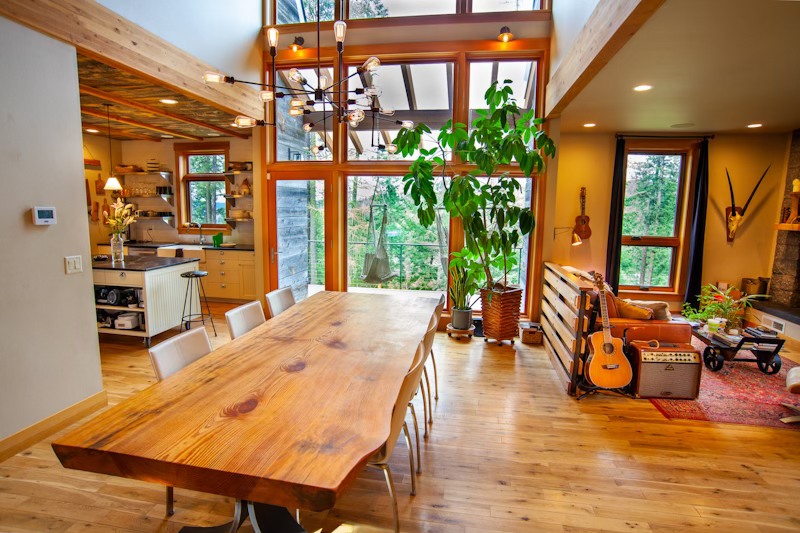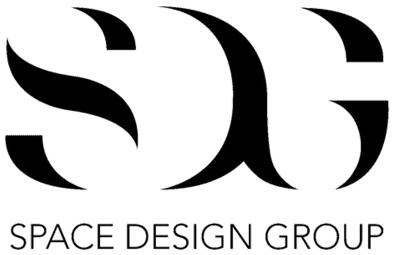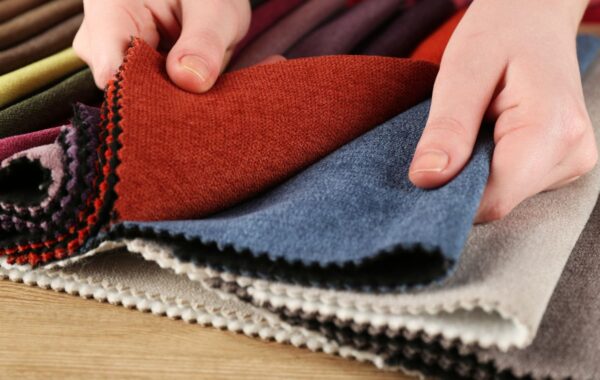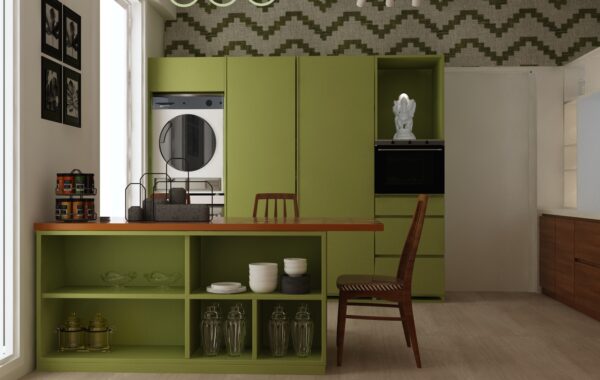Most people biohack with diets and workouts—but what if your home was the missing link to better energy and recovery?
Biohacked Spaces align design with your body’s natural rhythms to boost health and performance. It’s not about luxury—it’s about feeling and functioning better, every day—it’s about designing environments that sync with your body’s natural rhythms, support cellular repair, and enhance physical and mental resilience.
Here’s how to create a home that doesn’t just look good—it actively helps you feel and function better every single day.

🧬 What Is a Biohacked Space?
A biohacked space is a home environment engineered to support biological well-being at the most fundamental level—your cells. This includes design features that:
- Reduce inflammation
- Optimize circadian rhythm
- Enhance oxygenation
- Support detoxification
- Minimize stress triggers
It blends ancient wisdom (like sunlight and air quality) with cutting-edge science (EMF reduction, red light therapy, sound healing). The result? A home that literally makes you healthier.
🌞 1. Let in the Light: Circadian-Supportive Design
Light is one of the most powerful regulators of your body’s biological clock. Yet many homes are poorly lit, overly dependent on artificial light, or block natural sun altogether.
Morning sunlight boosts cortisol in a healthy way, setting your energy rhythm. Evening warmth helps melatonin production for sleep.
Design Tips:
- Prioritize east-facing windows in bedrooms and workspaces to capture morning light.
- Install dim-to-warm LED lighting that mimics the sun’s natural cycle.
- Use smart lighting systems (like Philips Hue or Lutron) that adjust color temperature throughout the day.
- Avoid cool, bright lighting after sunset—it disrupts sleep signals.
Even spending 15 minutes in natural morning light can realign your internal clock and improve mood and metabolism.
🍃 2. Air That Heals: Clean, Oxygen-Rich Environments
The quality of indoor air directly impacts your respiratory system, brain function, and even mitochondrial energy output. Most indoor spaces are loaded with VOCs (volatile organic compounds), dust, mold spores, and synthetic off-gassing.
Biohack Your Air:
- Use HEPA air purifiers in bedrooms and living areas.
- Bring in air-purifying plants like snake plants, peace lilies, and areca palms.
- Choose low-VOC paints, furnishings, and finishes.
- Ventilate regularly—open windows, especially during early hours when outdoor air is cleaner.
Air is not just neutral—it can either fuel or fatigue your body. Make every breath count.
🔕 3. Silence the Noise: Soundscapes for Nervous System Recovery
Our nervous systems are overstimulated by traffic, electronics, and background chatter. But silence—or curated sound—has the power to shift the body into a parasympathetic (rest-and-digest) state, supporting healing and lowering cortisol.
Design Ideas:
- Use acoustic panels or sound-dampening fabrics like thick curtains and rugs to absorb harsh noise.
- Consider installing a whole-home white noise or nature sound system.
- Use healing frequencies in dedicated recovery zones (bedroom, meditation nook, etc.).
Your ears are gateways to your nervous system. Treat sound like medicine.
🌡 4. Temperature Zoning: The Forgotten Biohack
Temperature affects everything from sleep quality to metabolism. Yet most homes are designed with static temperature systems.
Biohackers know: cooler sleeping environments (around 18°C or 65°F) improve sleep depth and recovery. Warmer, cozy spaces support relaxation and emotional comfort.
Smart Adjustments:
- Use zoned heating/cooling or portable climate tools for targeted control.
- Try a cooling mattress cover for better sleep.
- Incorporate warm textiles like wool, organic cotton, or wool throws in areas where emotional warmth matters.
Design for thermal flexibility. It’s not just about comfort—it’s about biological performance.
🧲 5. EMF Conscious Design: Reducing Digital Fatigue
Modern homes are full of wireless signals, smart devices, and Bluetooth connectivity. While convenient, high EMF exposure has been linked to fatigue, poor sleep, and inflammation in sensitive individuals.
You don’t need to ditch technology—but you can design for digital wellness.
EMF-Minimizing Strategies:
- Place routers away from bedrooms and power them down at night.
- Use hardwired internet where possible (especially for home offices).
- Create EMF-reduced zones (tech-free bedrooms, grounding mats under desks).
- Use metal or Faraday-lined curtains or paints in high-exposure areas.
Think of it as creating safe bio-zones for your brain and cells to rest.
🛌 6. Sleep Optimization: Designing for Deep Cellular Repair
Sleep is the ultimate biohack. It’s when your body repairs DNA, detoxifies the brain, balances hormones, and builds new tissue. Your bedroom should be your recovery lab—not just a pretty space.
Top Sleep-Design Tactics:
- Use blackout curtains to eliminate artificial light exposure.
- Keep devices out of the bedroom—or on night mode/airplane mode.
- Paint with soothing colors (think soft greens, dusty blues, warm neutrals).
- Eliminate clutter around the bed to reduce mental and sensory noise.
Invest in quality bedding, grounding sheets, or EMF shields if needed. You don’t just sleep in this space—you regenerate.
✨ Final Thought: Your Home Is a Daily Dose of Healing
Biohacked design isn’t about gimmicks or gadgets—it’s about tuning your environment to the rhythms your body was designed for.
- Light, air, sound, temperature, and sleep are all biological inputs.
- Your space can either stress or support you—consciously or not.
- The more aligned your environment, the more effortlessly your body thrives.
We spend 90% of our lives indoors. Why not make those spaces your greatest source of vitality?
Design your home as a living, breathing partner in your well-being—not just a container for your things. And remember: when your home is optimized, your biology follows.


